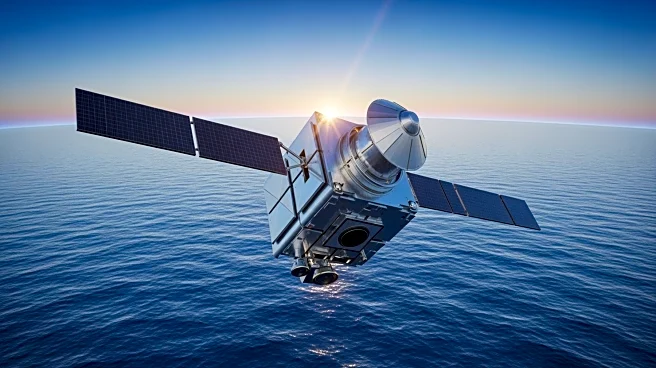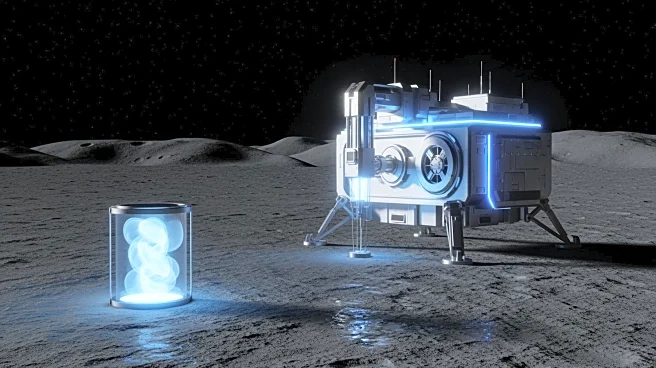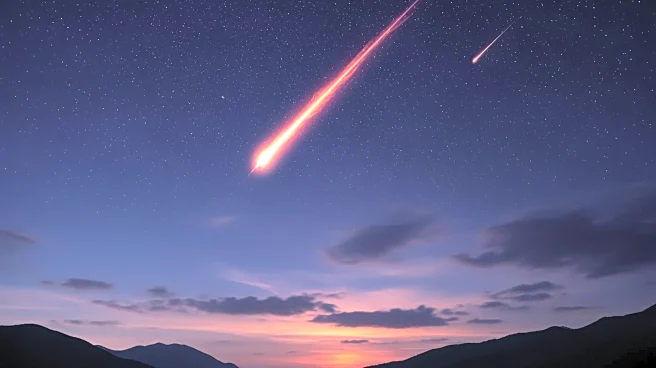What's Happening?
NASA's Jet Propulsion Laboratory (JPL) and the Alaska Satellite Facility Distributed Active Archive Center (ASF DAAC) have introduced a new capability for generating ARIA Sentinel-1 Geocoded Unwrapped
Interferogram (GUNW) products on demand. This development allows users to create high-quality interferograms for over a million archived products, supporting applications such as earthquake monitoring, volcano activity, and land subsidence. The ARIA-S1-GUNW products are available in NetCDF format, complete with metadata and correction layers for atmospheric, orbital, and noise effects. This initiative is part of the Advanced Rapid Imaging and Analysis (ARIA) project, a collaboration between JPL and the California Institute of Technology (Caltech), aimed at supporting disaster response and scientific research.
Why It's Important?
The introduction of on-demand ARIA-S1-GUNW products significantly enhances the ability of researchers and disaster response teams to monitor and analyze Earth's surface changes. By providing high-quality geospatial data, this initiative supports critical applications in geophysics and hazard management, potentially improving the accuracy and timeliness of responses to natural disasters. The expanded access to these products through ASF DAAC's Vertex platform underscores NASA's commitment to open data services, fostering collaboration and innovation in Earth system science. This development could lead to more effective strategies for managing natural hazards and understanding long-term environmental changes.
What's Next?
The integration of ARIA-S1-GUNW On Demand into the Vertex platform is expected to expand the availability of geospatial data products, encouraging further research and development in Earth monitoring technologies. As more products are generated and added to the archive, users will have increased opportunities to conduct time series analyses and explore new applications in geophysical research. The ongoing collaboration between NASA, JPL, and Caltech may lead to additional advancements in data processing and analysis capabilities, further supporting the scientific community's efforts to address environmental challenges.
Beyond the Headlines
This initiative highlights the growing importance of cloud-based data processing in scientific research, enabling more efficient and scalable access to large datasets. The use of custom framing conventions in ARIA-S1-GUNW products ensures consistent geospatial extents, which is crucial for accurate time series analysis. As the demand for high-quality geospatial data continues to rise, projects like ARIA play a vital role in advancing our understanding of Earth's dynamic processes and informing policy decisions related to disaster management and environmental protection.











